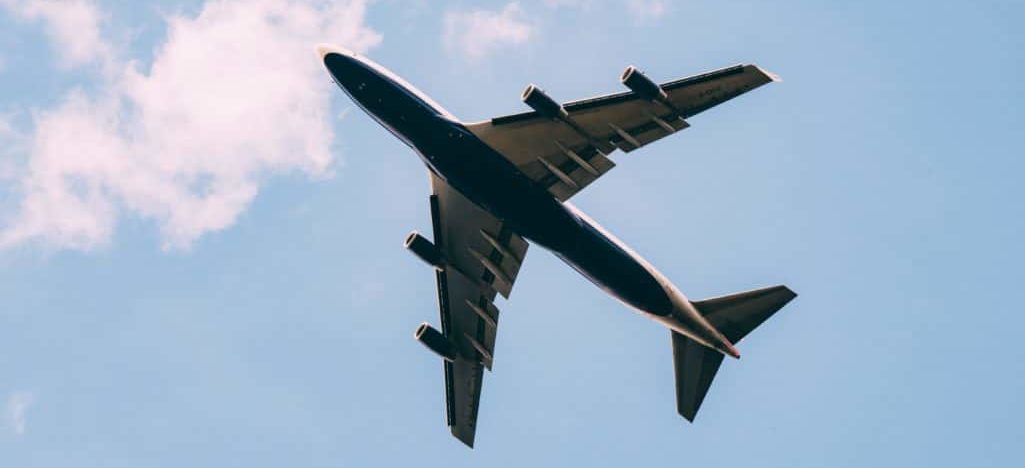On June 25, 2019, the New Accessible Transportation for Persons with Disabilities Regulations (the “Regulations”) were published in the Canada Gazette Part II. Most of the Regulations will come into force on June 25, 2020, while some of the more complex requirements are scheduled to be phased in over three years.
The Regulations currently apply to large airlines (defined as airlines transporting at least 1,000,000 passengers in each of the two preceding years) operating within Canada, from Canada to a destination in a foreign country, or from a destination in a foreign country to Canada. In the fall of 2019, the CTA will begin consultations on a second phase of regulations that will cover accessibility requirements for small carriers (airlines transporting less than 1,000,000 passengers in each of the two preceding years).
The Regulations codify six voluntary codes of practice previously developed by the Canadian Transportation Agency (these were not previously legally binding on carriers).
Communication
Under the Regulations, Canadian carriers are obligated to ensure that any public information regarding a transportation related service is made available in electronic, paper, audio, or visual formats as necessary to assist persons with disabilities. Canadian carriers must also publish information on their websites regarding the services offered to persons with disabilities and regarding access to the complaint resolution services they offer. Public announcements made relating to a department or gate assignment or public safety or security must be in both audio and visual format.
Training
Canadian carriers must ensure that their personnel receive training regarding the requirements of the Regulations and regarding the carriers’ policies and procedures with respect to persons with disabilities. They must also receive training on how to provide physical assistance to a person with a disability if necessary in the course of their job duties, and training on the handling of mobility aids or use of special equipment.
Service
Carriers are obligated to ensure that they provide the wide range of services set out in the Regulations. Carriers are obligated to accept mobility aids for transport as priority baggage and if necessary, remove any other cargo or baggage from storage. Carriers may refuse to transport a mobility aid on the basis of weight or the size of the door to the aircraft baggage compartment or compartment itself. However, carriers will need to inform the passenger of the reason for the refusal and advise of availability of alternate trips to the same destination and offer to book the alternate trip at the lesser of the fare for the original trip or fare for the alternative trip. Carriers must also publish information about the maximum weight and dimensions of mobility aids that each of their aircraft are capable of transporting.
A carrier must, upon request, accept a support person for transport if, due to the nature of their disability, a passenger requires assistance with eating meals, taking medication, personal needs, transfers to and from their seat, orientation or communication, or physical assistance in the event of an emergency. The carrier must provide a passenger seat for the support person that is adjacent to the passenger seat of the person with a disability free of charge. The carrier must also provide an additional seat free of charge if required due to the nature of a passenger’s disability, including obesity. However, this “One Person One Fare” program only applies to domestic flights. Persons travelling on international flights will still be required to pay for an attendant or an extra seat required due to the nature of their disability.
Carriers must accept service dogs for transportation but may require a declaration that the dog has been trained by an appropriate person or organization. Carriers must also ensure that a buffer zone is established around any person who is disabled due to a severe allergy.
Carriers must provide any service they are obligated to provide under the Regulations if requested at least 48 hours prior to scheduled time of departure.
Technical Requirements
The Regulations require Canadian carriers to follow specifications for accessible design of their aircraft and equipment including accessible washrooms, transfer seats, mobility aid storage spaces, lifts and ramps, row marks, armrests, call buttons, and accessible on-board entertainment systems. These requirements only apply to aircraft with 30 or more seats and most will only apply to future purchases or modification of aircraft. Carriers are not required to retrofit existing aircraft or equipment.
Administrative Monetary Penalties
Contravention of certain provisions of the Regulations may result in an administrative monetary penalty for a carrier of up to $250,000 CAD.
Looking Forward
While many Canadian carriers may already be in compliance with a majority of the Regulations, it will be important for both domestic and international carriers flying in Canada to review their policies, websites, and other sources of public information to ensure compliance with the Regulations and appropriate services for persons with disabilities.




